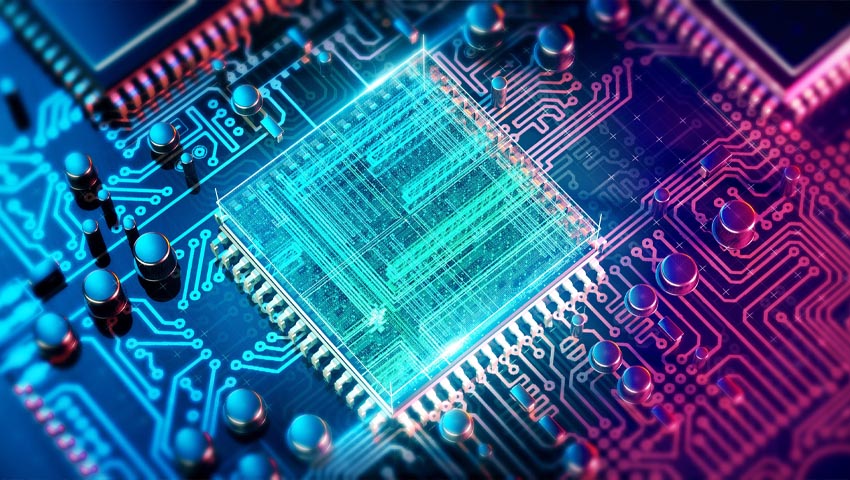Uncrewed aircraft were able to autonomously avoid mid-flight collisions in a series of tests conducted by Honeywell recently, with the drones piloted autonomously using the company’s IntuVue RDR-84K radar system.
To continue reading the rest of this article, please log in.
Create free account to get unlimited news articles and more!
Uncrewed aircraft were able to autonomously avoid mid-air collisions using Honeywell’s IntuVue RDR-84K radar system as a pilot during a series of tests in Phoenix recently, demonstrating the drone’s ability to take remote action safely using its onboard processor without human input.
“We set up the ultimate game of ‘chicken,’ but the RDR-84K simply wouldn’t let these aircraft get into danger,” Sapan Shah, product manager, advanced air mobility at Honeywell Aerospace, said. “This is a leap forward in safety that could have far-ranging impacts across aviation.”
The testing was conducted by flying two autonomous drones directly toward one another, with the drones analysing one another’s movements and avoiding a collision.
“This was all automatic,” Larry Surace, lead systems engineer for the RDR-84K at Honeywell Aerospace, said. “The radar recognised the danger, decided on a course of action, flew to safety and then made sure the danger had passed — all without input from anyone on the ground.”
According to a statement by Honeywell, autonomously detecting and piloting around unknown objects is critical as pilotless craft fly beyond the line of sight – a difficult undertaking due to the high speeds of the objects involved as well as environmental clutter, requiring a long distance and accurate radar to pinpoint location.
Typically, air traffic control centres are able to do this is traditional aviation settings by cooperating with aircraft who regularly communicate their location. Such radar capabilities hope to help autonomous aircraft avoid colliding with non-communicative traffic.
Already, Honeywell’s RSR-84K technology has been employed in testing on helicopters and drones, however, the recent testing marks the first occasion where it was used autonomously.
The size of a book, the radar weighs less than two pounds and can undertake the required calculations onboard the aircraft.
[Related: Honeywell unveils new navigation systems for challenged and denied environments]

 Login
Login







